
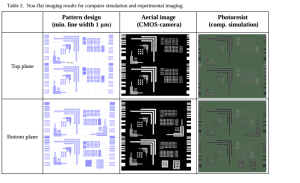
M. Borisov et. al. | Proc. SPIE Vol. 11324, Novel Patterning Technologies for Semiconductors 2020, March 2020 | Article pdf
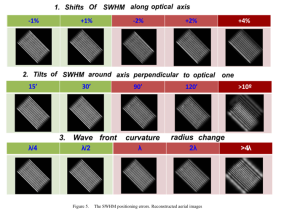
M. Borisov et. al. | Proc. SEMI Advanced Semiconductor Manufacturing Conference 2012, May 2012 | Article pdf
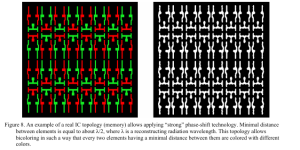
M. Borisov et. al. | Proc. Vol. 8352, 28th European Mask and Lithography Conference, April 2012 | Article pdf
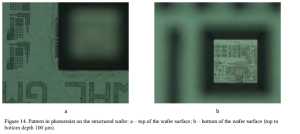
M. Borisov et. al. | Proc. SPIE Vol. 11324, Novel Patterning Technologies for Semiconductors, MEMS/NEMS and MOEMS 2020, March 2020 | Article pdf
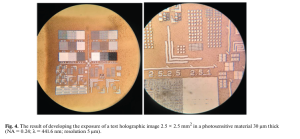
V. Chernik et. al. | Doklady Physics, Vol. 68, p328-333, February 2024 | Article pdf

M. Borisov et. al. | Proc. SPIE Vol. 11324, Novel Patterning Technologies for Semiconductors, MEMS/NEMS and MOEMS 2020, March 2020 | Article pdf
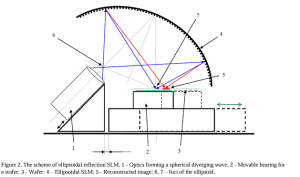
M. Borisov et. al. | Proc. SPIE Vol. 11324, Novel Patterning Technologies for Semiconductors, MEMS/NEMS and MOEMS 2020, March 2020 | Article pdf